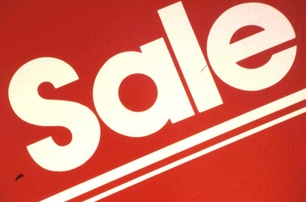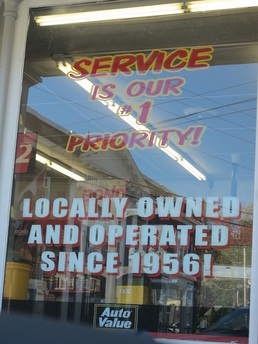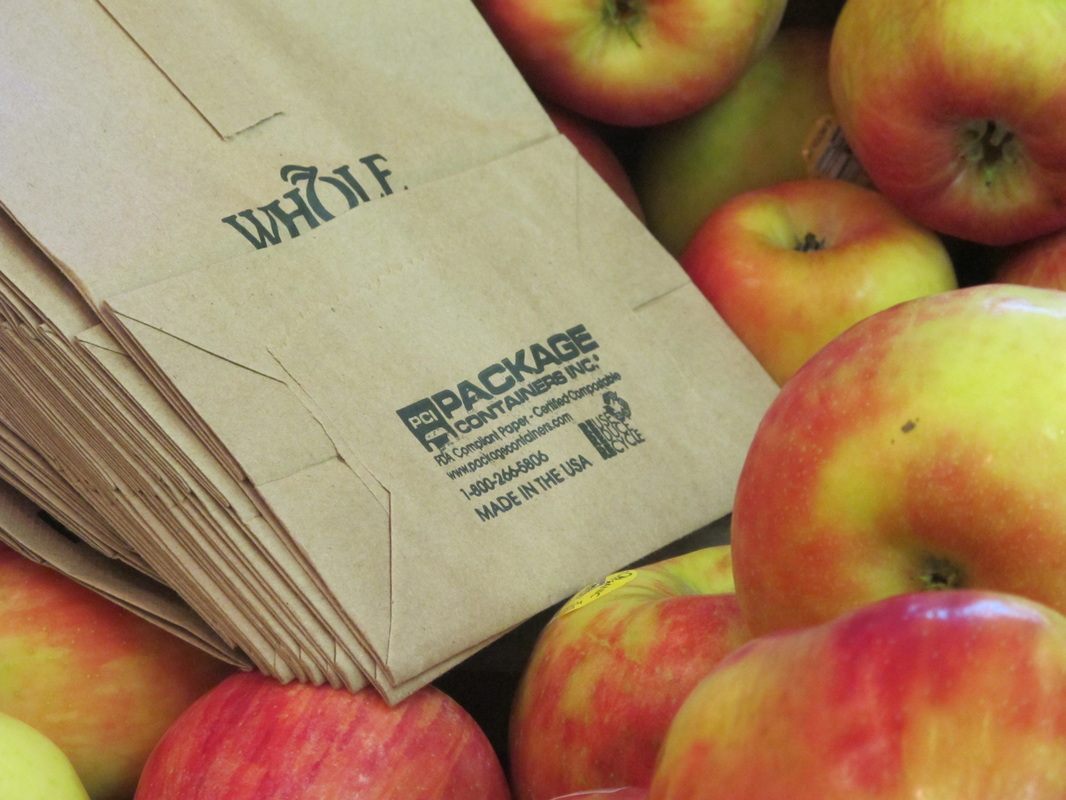
As the camera dollies across the scene and then zooms slowly in to the brightly lit radio dial, an infectious big band tune reminiscent of Birth of the Blues plays out (we are led to believe) through the car's tinny speaker. A battery and tagline appear on the screen:
“No Battery Lasts Longer. Introducing the new AGM.”
We are not told what AGM stands for, only that the battery lasts for a very long time. No voice-over is spoken, nor does any need to be. The quietly effective spot with only a dozen words of text tells a memorable story: that Interstate Batteries are “outrageously dependable.”
"We’re always looking for ways to make our brand promise come to life in a meaningful way,” noted Tyler Reeves, Interstate’s director of marketing, strategy and innovation in a Media Daily story about the company’s television advertising just over a year ago. Their latest spot seems to do just that because it’s being talked about. If they keep launching creative this effective -- and with such a compelling benefits story, more people are sure to end up asking their auto repair retailer for Interstate batteries when the old one in their much newer car calls it a day.
Finally, a great deal of speculation is afoot online about the make and year of the car in the TV spot. After careful analysis, born of having owned and driven cars of this vintage, I was absolutely certain it was an early '50s Ford – most likely a ’51 because of the shape of the hood. Alas, Interstate says it was a ’54 Ford Mainline they found in a junkyard. I was close, but you know what they say about that!
Takeaway: A strong key message needs strong creative to build awareness AND move the needle.







 RSS Feed
RSS Feed